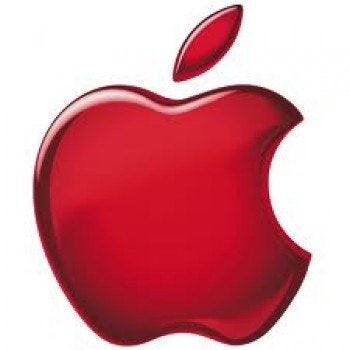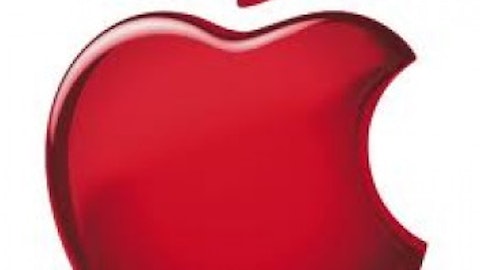Apple Inc. (NASDAQ:AAPL)‘s rapid growth in recent years has been the product of an extraordinary value offering: Since their introduction, both the iPhone and iPad have been the best products at the best price points. In the past, consumers looking to a buy a smartphone or tablet could go with a competitor’s product, but they wouldn’t be saving any money — and they’d be getting an inferior device.
But, times have changed.
In just the last year, the market has rapidly shifted. Now, Apple Inc. (NASDAQ:AAPL)’s products appear to be overpriced compared to their rivals, and they aren’t necessarily better.

The iPhone is getting undercut both at home and abroad
Ask most Americans what an iPhone costs, and they would probably tell you about $200. That’s the price the majority of them pay because major mobile carriers (AT&T, Verizon, Sprint, and T-Mobile) cover the rest. But, in emerging markets it’s quite different; carrier subsidies are practically unheard of. There, consumers often have to pay the full price of the device up front, and given that consumers in those markets, on average, earn far less money, that can be quite a hurdle.
Apple Inc. (NASDAQ:AAPL)’s new iPhone 5C — the company’s cheaper model — will retail for about $733 in China, roughly equivalent to the average monthly salary in the world’s most populous country. Is it any wonder, then, that (in China) the iPhone’s market share is less than 5%?
Google Inc (NASDAQ:GOOG)‘s Android powers the majority of smartphones in China, where local vendors like Lenovo, Xiaomi, and Huawei offer high-end phones at bargain prices. Xiaomi’s Red Rice is, from a technological perspective, about as powerful as the iPhone 5C, but retails for just $130.
Even in the U.S., Apple Inc. (NASDAQ:AAPL) is being undercut. Although flagship smartphones from major competitors like Samsung, HTC, and Motorola also cost roughly $200 on contract, Google Inc (NASDAQ:GOOG)’s Nexus 4 retails for just $199 unlocked. That means budget-conscious consumers can either buy a Nexus 4 (a phone that’s about as powerful as the iPhone 5C) off-contract and go with a cheaper, prepaid carrier, or stick with a major carrier, but stay off contract.
The iPad is now one of the most expensive tablets on the market
The Nexus 4, despite offering insane value, remains a fairly low-volume phone. Google Inc (NASDAQ:GOOG) doesn’t really advertise it, and most Americans appear to be fine with the wireless contract model.
But, the tablet market is far different. Subsidized tablets do exist, but most are still bought off-contract. Thus, consumers (even in rich countries like the U.S.) are far more susceptible to price differences in tablets than they are in phones.
In just the last year, a huge gap has opened between the iPad and its rivals. The full-size iPad retails for $500. In past years, this was a fair price, as other 10-inch tablets were just as costly, if not more so — Motorola’s Xoom, the first major Android tablet, went on sale in 2011 for $600.
But, as with phones, times have changed. The iPad’s competitors appear to have settled on the $300-400 price range as the fair value for a 10-inch tablet. Microsoft Corporation (NASDAQ:MSFT)‘s Surface RT retails for $349, Google Inc (NASDAQ:GOOG)’s Nexus 10 and Samsung’s Galaxy Tab 3 go for $399, and Amazon‘s Kindle Fire HD is just $269 (though to be fair, its screen is only 8.9-inches).




